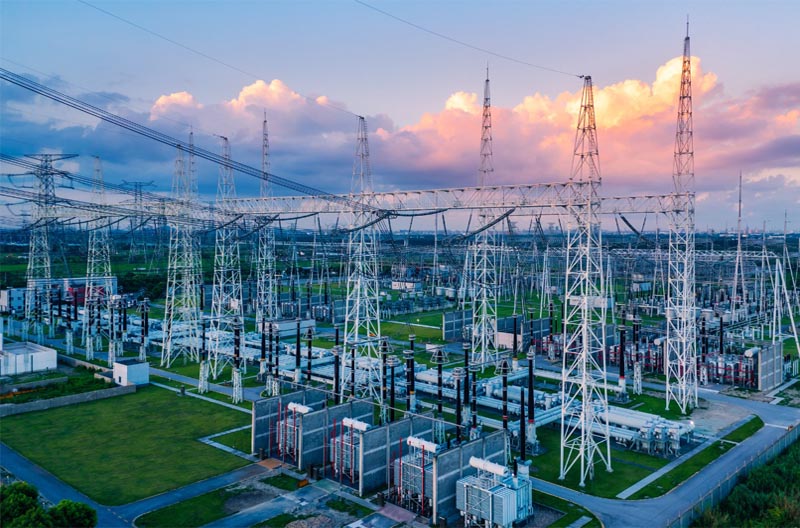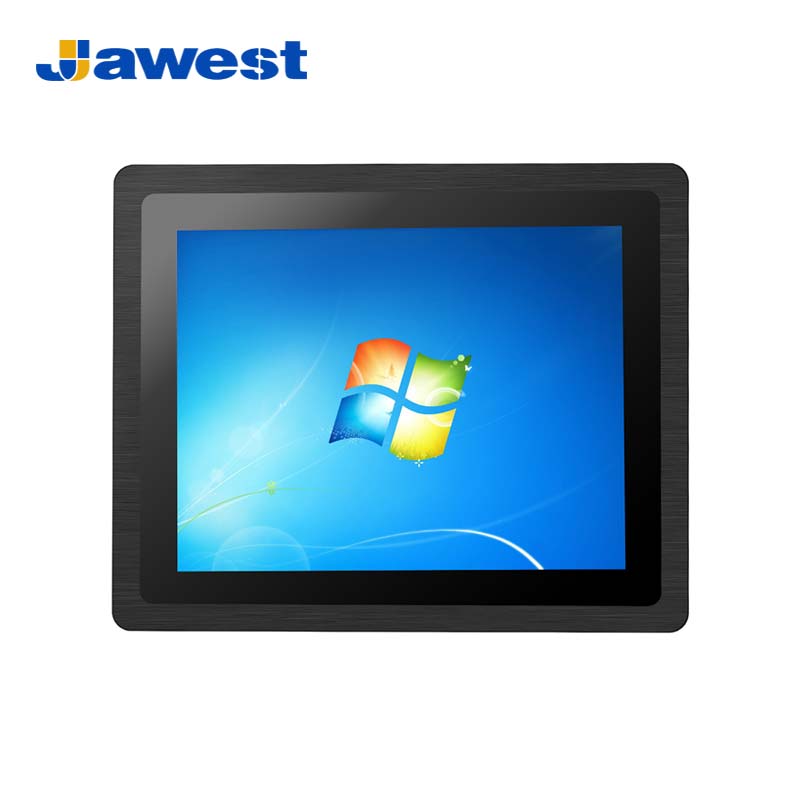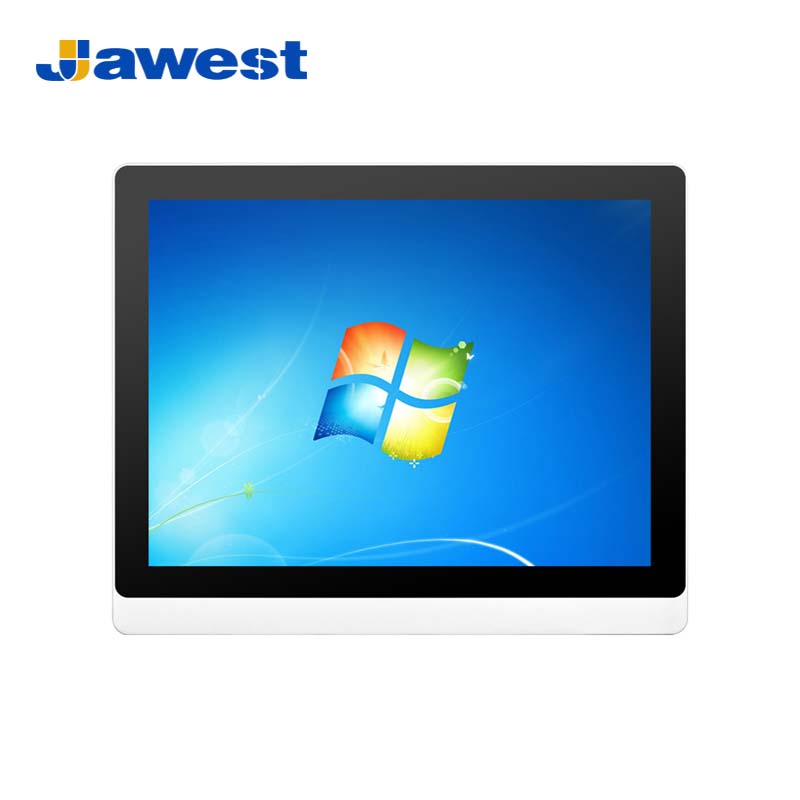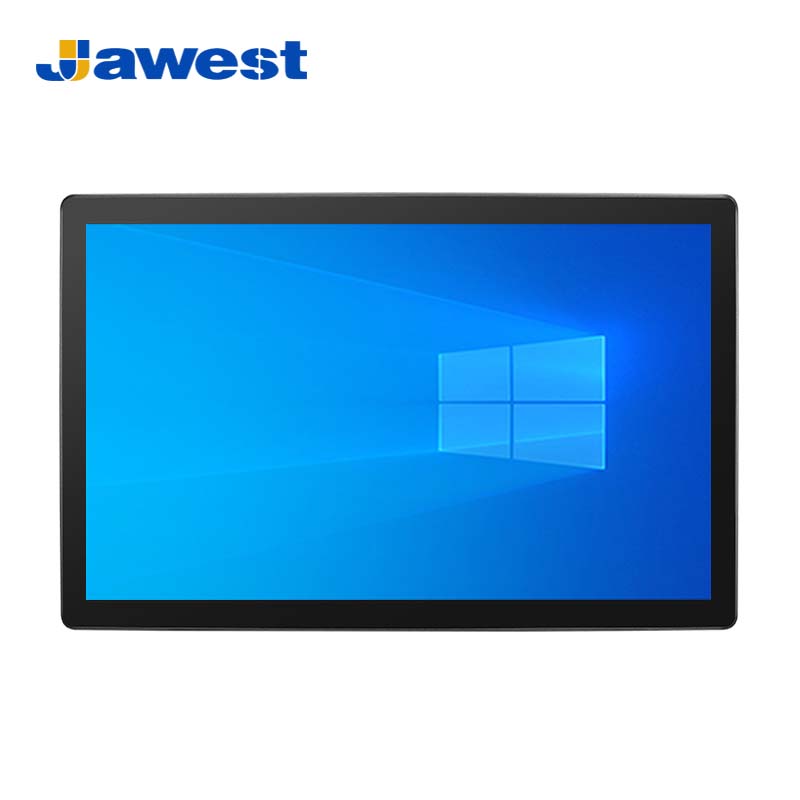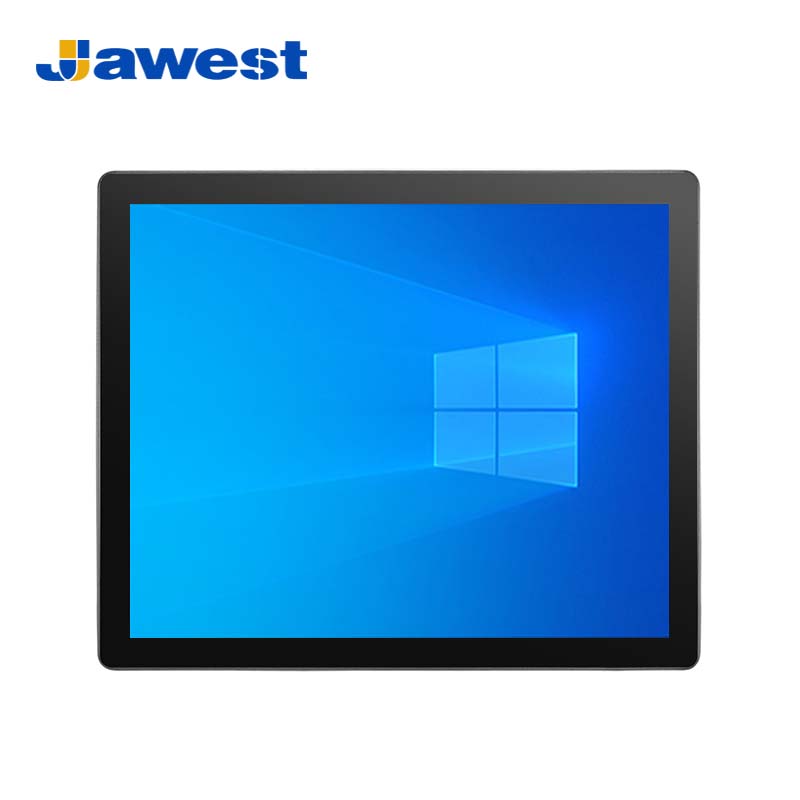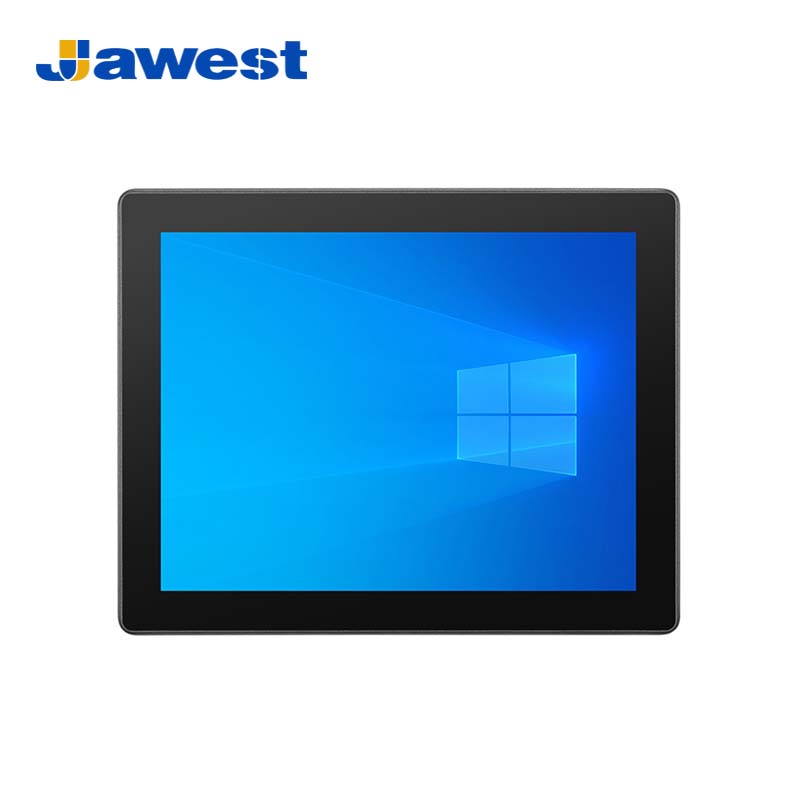Industrial panel PCs are integral components in substation SCADA (Supervisory Control and Data Acquisition) systems, serving as reliable and efficient human-machine interfaces (HMIs) that facilitate the monitoring and control of electrical substations. These robust computing devices are designed to withstand harsh environments, provide real-time data visualization, and enable efficient management of electrical grid operations. Here’s an in-depth look at how industrial panel PCs are used in substation SCADA systems:
Key Roles of Industrial Panel PCs in Substation SCADA
1. Human-Machine Interface (HMI):
Industrial panel PCs act as HMIs, providing operators with a user-friendly interface to monitor and control substation equipment. They display real-time data on system status, alarms, and performance metrics, allowing operators to make informed decisions quickly.
2. Data Visualization and Analysis:
These PCs visualize complex data collected from various sensors and devices within the substation. Graphical displays, charts, and dashboards help operators interpret data efficiently, facilitating better analysis and quicker response to issues.
3. Alarm Management:
Industrial panel PCs are configured to display and manage alarms in the SCADA system. They alert operators to abnormal conditions or faults, enabling prompt intervention to prevent or mitigate potential disruptions in the power supply.
4. Control and Command Execution:
Operators can use panel PCs to execute control commands for substation equipment, such as circuit breakers, transformers, and switches. This includes remote operations, reducing the need for physical presence in hazardous or hard-to-reach areas.
5. Data Logging and Reporting:
These PCs log historical data for analysis and reporting purposes. This data is crucial for identifying trends, diagnosing issues, and planning maintenance activities, ensuring the reliability and efficiency of the substation.
6. Cybersecurity:
Industrial panel PCs are equipped with advanced cybersecurity features to protect the SCADA system from cyber threats. This includes firewalls, encryption, user authentication, and intrusion detection systems to safeguard critical infrastructure.
Features of Industrial Panel PCs for Substation SCADA
1. Rugged Design:
Industrial panel PCs are built to endure the demanding conditions of substations, including extreme temperatures, humidity, dust, and vibrations. Their rugged design ensures durability and long-term reliability.
2. High Performance:
These PCs are equipped with powerful processors, ample RAM, and high-speed storage to handle the processing requirements of SCADA applications, ensuring smooth and responsive operation.
3. Touchscreen Interface:
The touchscreen functionality provides intuitive interaction, enabling operators to easily navigate through various screens, input commands, and access information with minimal effort.
4. Connectivity:
Industrial panel PCs support multiple connectivity options, including Ethernet, serial ports, USB, and wireless communication. This enables seamless integration with SCADA networks, sensors, and other substation devices.
5. Fanless Operation:
Many industrial panel PCs feature fanless designs, which minimize maintenance needs and reduce the risk of dust ingress, enhancing reliability and performance in harsh environments.
6. Power Management:
Efficient power management features ensure that panel PCs consume minimal power, which is crucial for maintaining operation during power fluctuations or outages.
Implementation Considerations
1. Environmental Suitability:
Ensure that the selected panel PCs are rated for the specific environmental conditions of the substation, including temperature range, humidity, and exposure to dust or corrosive elements.
2. Integration with Existing Systems:
Compatibility with the existing SCADA infrastructure is critical. This includes ensuring that the panel PCs can communicate effectively with sensors, PLCs (Programmable Logic Controllers), and other SCADA components.
3. User Interface Design:
The HMI design should be intuitive and user-friendly, with clear visualization of data and easy access to critical functions. Customizable interfaces can enhance usability and efficiency.
4. Security Measures:
Implement robust cybersecurity protocols to protect the SCADA system from unauthorized access and cyber threats. This includes regular updates, patch management, and monitoring for suspicious activities.
5. Maintenance and Support:
Plan for regular maintenance and ensure that technical support is available for troubleshooting and repairs. This includes having a strategy for software updates and hardware replacements.
Conclusion
Industrial panel PCs are essential components in substation SCADA systems, providing the necessary interface for monitoring, control, and data analysis. Their robust design, high performance, and advanced features ensure that substations operate efficiently and reliably, contributing to the stability of the electrical grid. By integrating these rugged PCs, utilities can enhance operational efficiency, improve response times to issues, and ensure the security and reliability of their substations.




